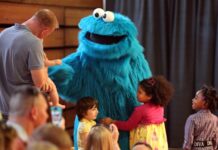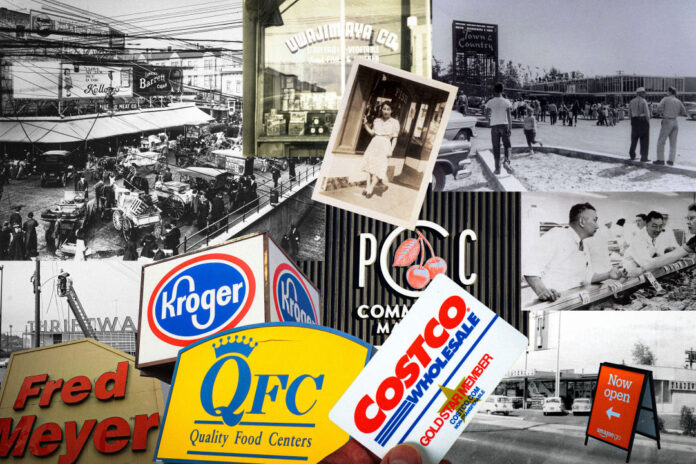This post was originally published on this site
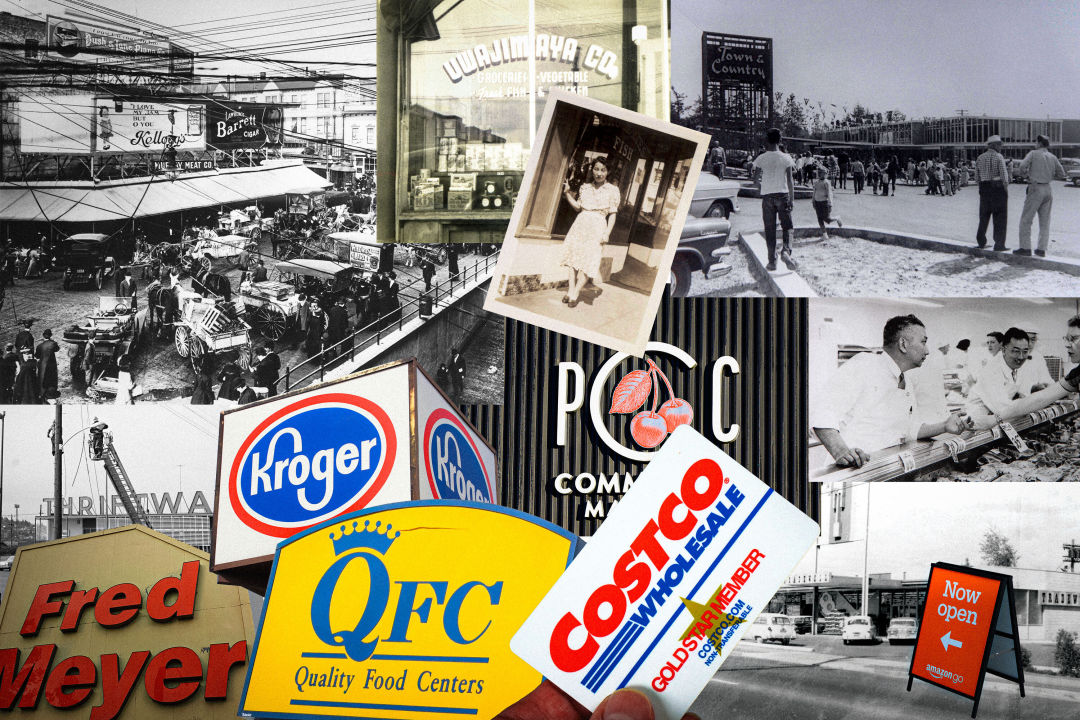
From Pike Place Market to Amazon Go, Seattle’s long been a leader in the supermarket biz. We traced the history of some of our most famous local brands through their many debuts, mergers, buyouts, and bankruptcies to see how we got to the current state of supermarkets—and what the future might hold.
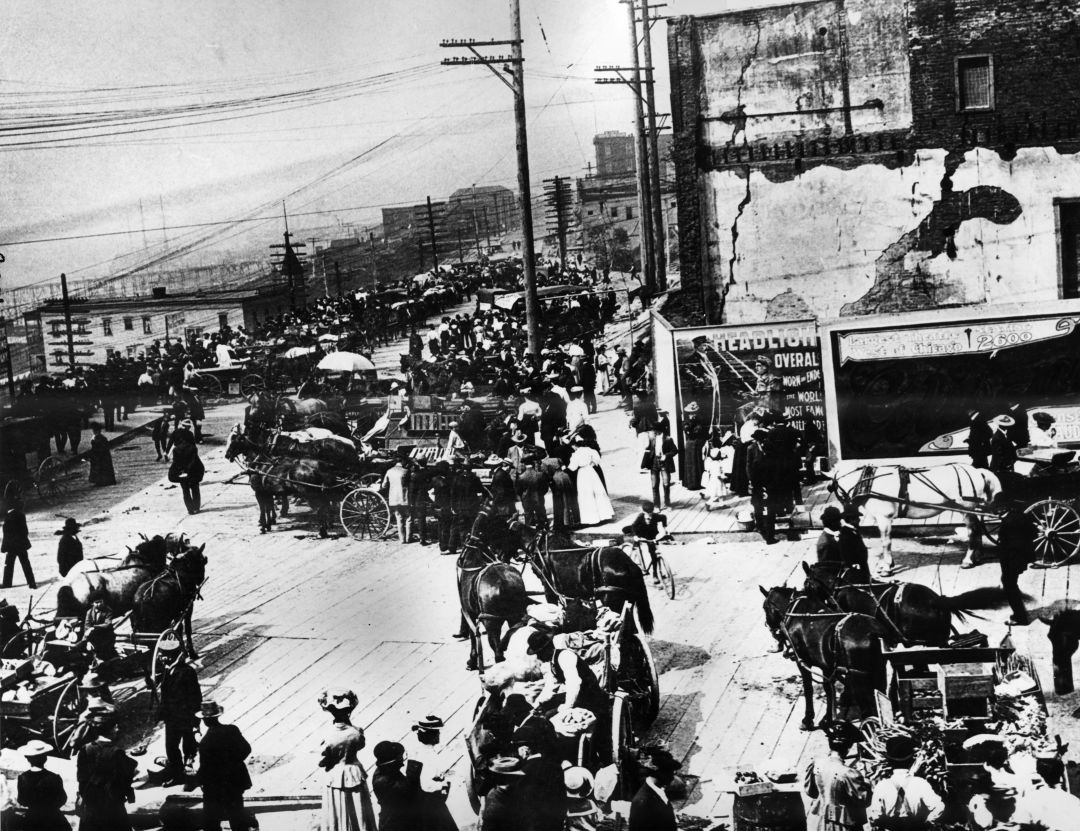
Pike Place Market opened the door to new grocery stores in 1907.
1907 Among the vendors who set up at the city’s new public farmers market on Pike Place was Herman Eba. Eba’s son continued his legacy, growing Eba’s Grocery and Market to dozens of locations before becoming part of Tradewell in 1939.
1915 Seattle’s first self-service grocery—where shoppers pick their own goods, rather than asking a clerk for what they need—opened downtown. One of the first few in the country, Groceteria expanded to 40 locations in the ensuing six years, then collapsed just as quickly.
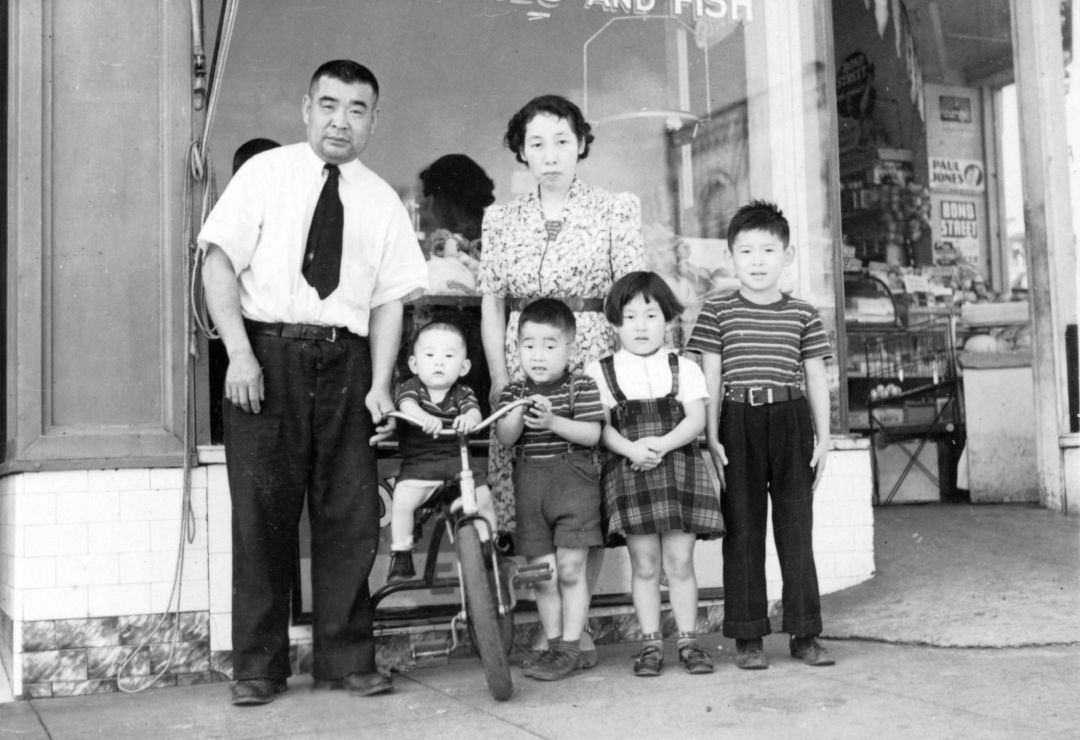
The Moriguchi Family founded and still runs Uwaijimaya.
1928 Fujimatsu Moriguchi, a native of Japan, started a business selling homemade fishcakes and other Japanese staples from the back of his truck in Tacoma. Later the same year, he and his wife, Sadako, opened a store called Uwajimaya.
1934 Associated Grocers formed as a cooperative wholesaler, allowing its 11 independent stores to wield the buying power of larger chains. It grew to be a juggernaut of the industry, spawning groups of independent stores that banded together for additional leverage within the company, such as Red Apple and Thriftway.
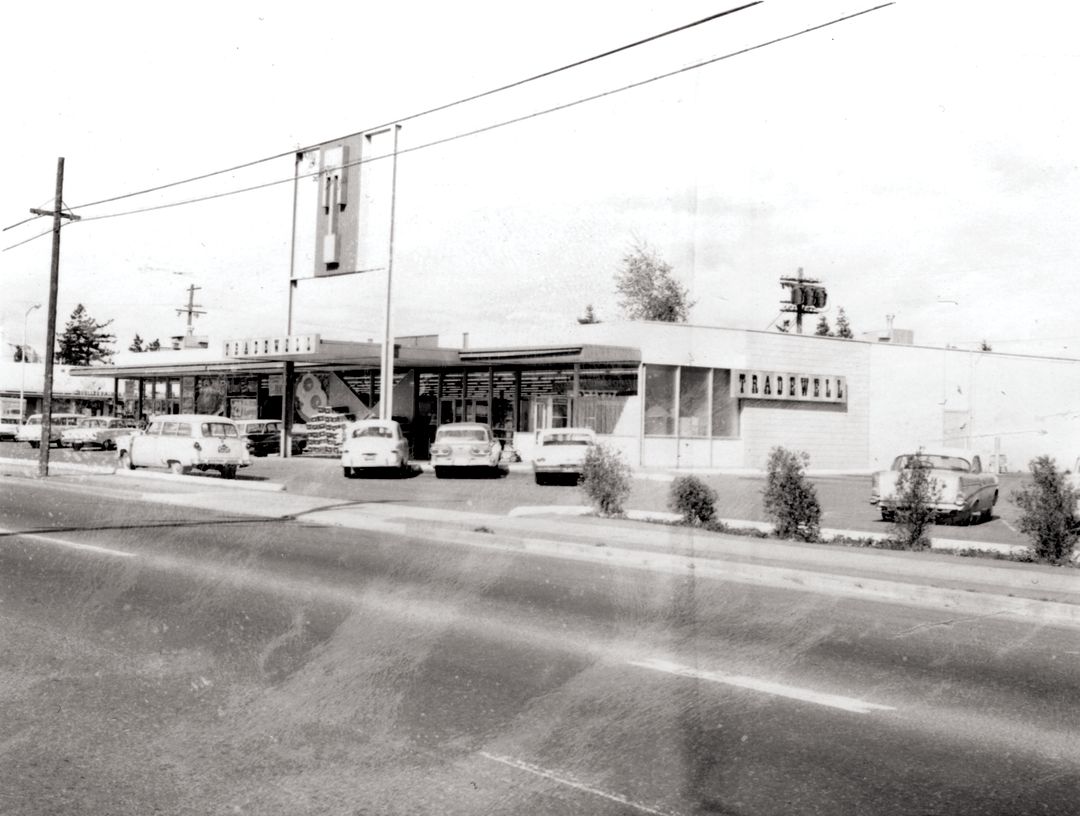
A Tradewell shop, around 1962.
1939 From the ruins of Eba’s and several other local grocers came Tradewell Modern Food Stores. President Monte L. Bean turned the failing brands around and continued to serve the company for nearly two decades before shifting his attention to the companies he and his son owned: Pay’n Save, Ernst, and Lamonts. Both Tradewell and Pay’n Save survived into the ’80s before fading out.
1945 After returning from Tule Lake Internment Camp in California, the Moriguchi family reopened Uwajimaya on South Main Street (in what is now the Chinatown–International District). It has moved a few times since, remaining in the same neighborhood and family as it expanded to four locations.
1953 John Affolter started a food-buying club for 15 families trying to spend less on groceries. The group evolved into the Puget Consumers Co-op and eventually the current 16-store PCC Community Markets.
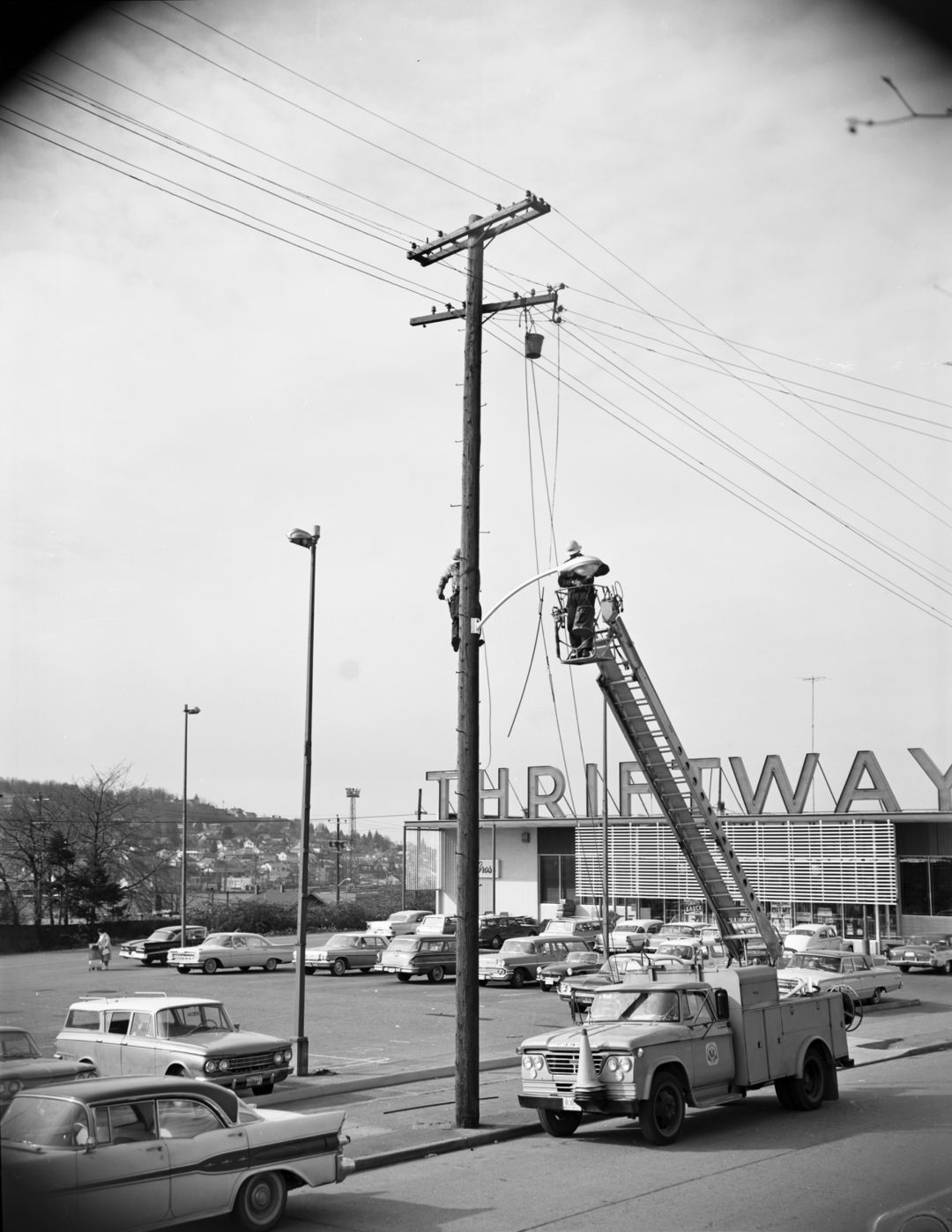
A Thriftway store at 19th and Dravus.
1955 Ray’s Thriftway at 6600 Roosevelt Way NE opened. In 1960 Ray’s owner Vern Fortin and Lake Hills Thriftway owner Jack Croco merged their stores into what they later named Quality Food Centers, which came to be better known as QFC.
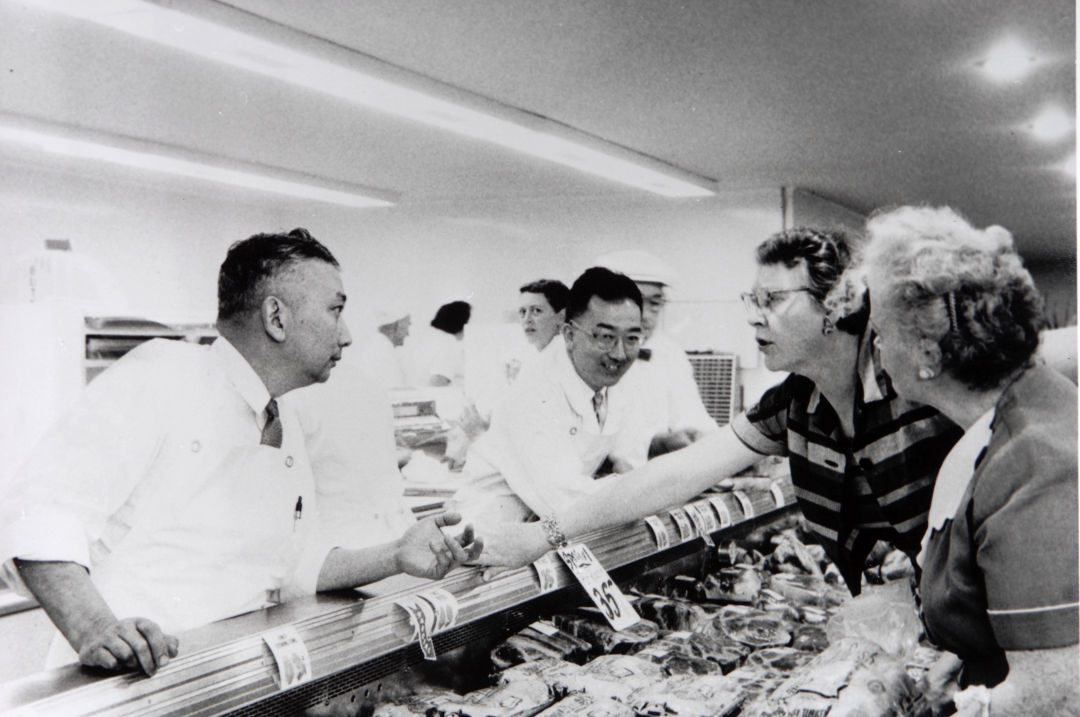
John (left) and Mo Nakata on Town & Country Market’s opening day.
1957 John and Mo Nakata and family friend Ed Loverich opened Town & Country Thriftway on Bainbridge Island.
1964 Larry McKinney followed in his grocer parents’ footsteps by opening his own store, Larry’s Market. By the early 1990s, his focus on high-quality seafood, broad wine selections with experts to sell it, and aesthetics like floral shops at store entrances changed the industry.
1971 Dick Rhodes took over the nine-year-old Queen Anne Thriftway and brought a young courtesy clerk named Terry Halverson under his wing. In a few years, Halverson joined Rhodes in ownership and led the company in expansion.
1983 Jim Sinegal channeled his experience at San Diego’s Price Club into founding Costco with Jeff Brotman. The warehouse store was an immediate and wild success, the two companies merged in 1993, and there are now more than 900 stores worldwide.
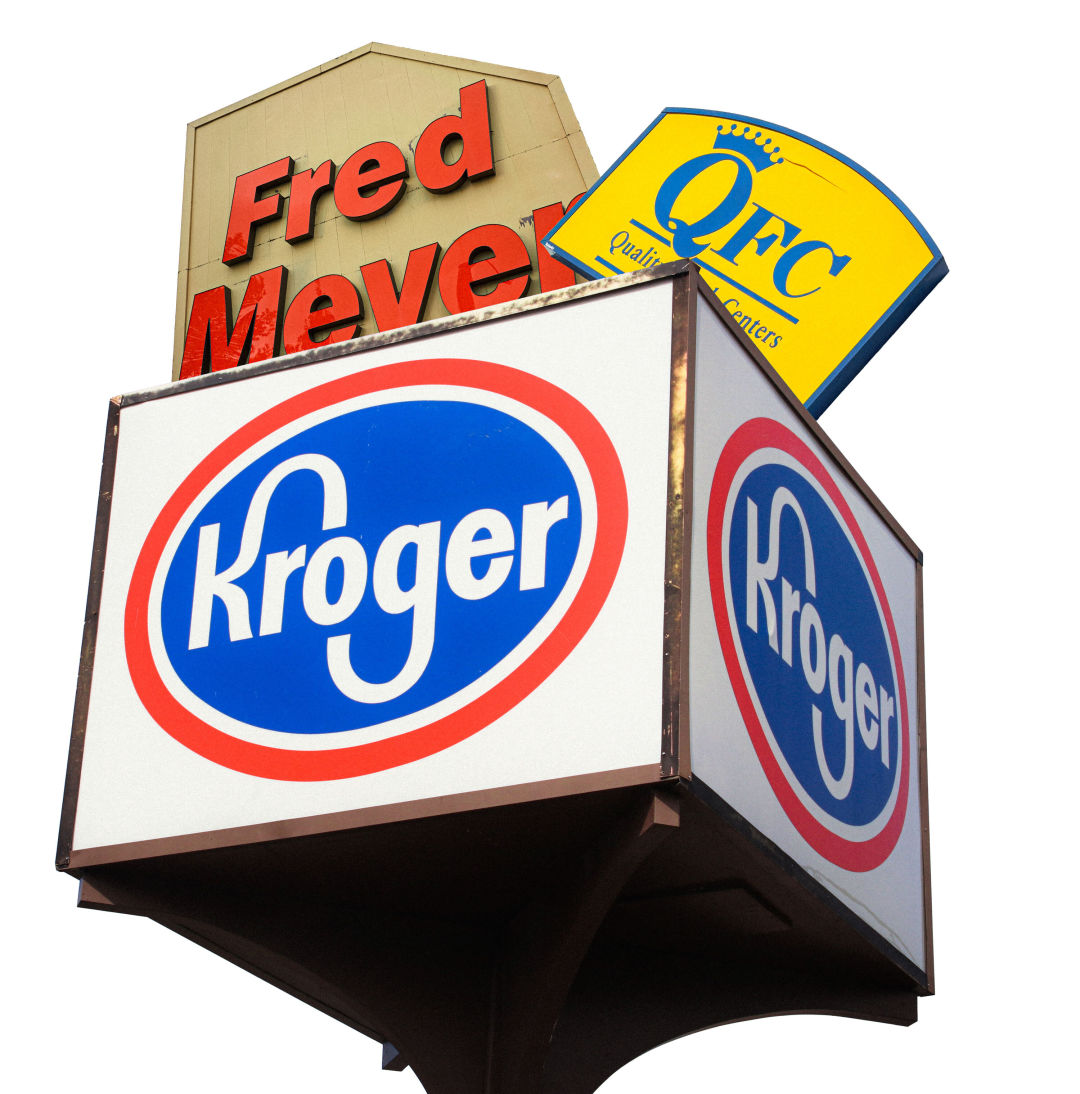
1997 Portland-based Fred Meyer acquired QFC.
1999 Kroger became the country’s largest supermarket company when it purchased Fred Meyer—and thus QFC.
2003 Terry Halverson and Dick Rhodes’s Queen Anne and Admiral Thriftways rebranded to Metropolitan Market.
2005 Regional chain Saar’s Market Place (now Saar’s Super Saver Foods) opened its first Seattle store in a former QFC in Rainier Beach, 17 years after its original Oak
Harbor location.
2006 Two years after Larry McKinney’s sons took over the six-store company, Larry’s Markets filed for bankruptcy and began selling its six swanky stores, including the flagship Aurora location—now a Saar’s Super Saver Foods.
2012 Metropolitan Market sold to national brand Good Food Holdings‚ which, in turn, sold to South Korean retail conglomerate the Shinsegae Group in 2018.
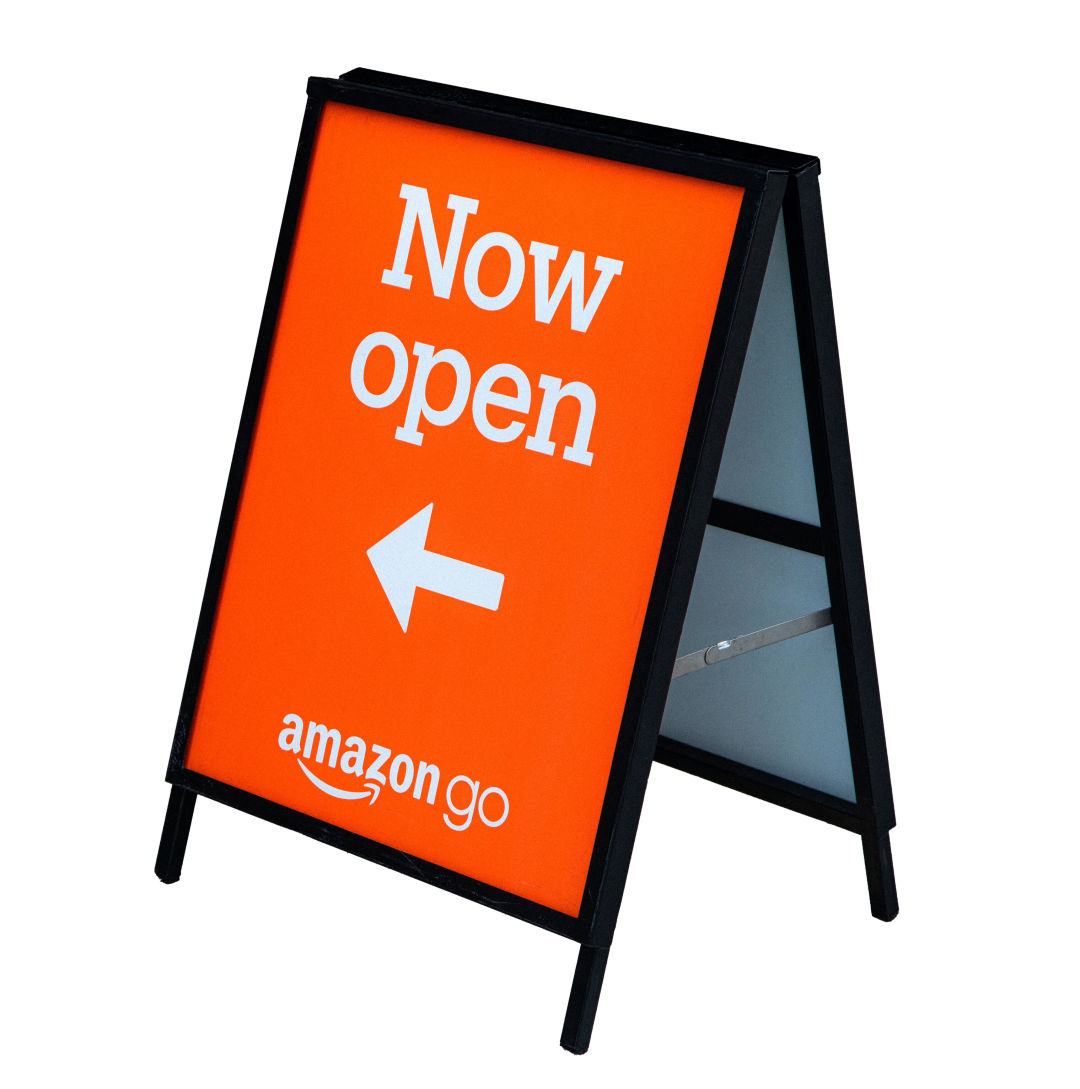
2017 Local tech company Amazon bought Austin-based upscale grocer Whole Foods Market for $13.7 billion.
2018 Amazon debuted its cashierless concept, Amazon Go, to the public in South Lake Union. It grew to about 30 stores in 2023, but has since shrunk significantly.
2021 Ballard Market and three Central Markets rebranded to match the name of sibling stores Town & Country Markets (née Thriftway). Leadership remains with members of the Nakata family.










